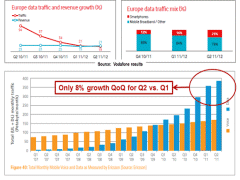
Trump’s Impact: Global TMT Scenarios
US President-elect Donald Trump made many statements during the campaign, but now that he has won the election what will his administration do? In this report we look at five key areas for the TMT sector and analyse how we think Trump’s presidency is most likely to impact them.



